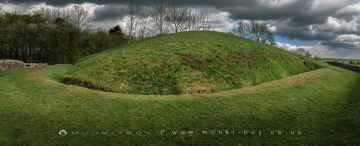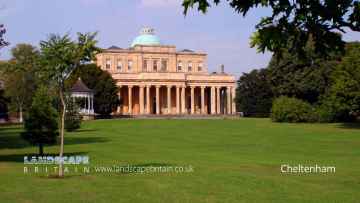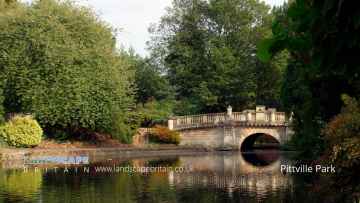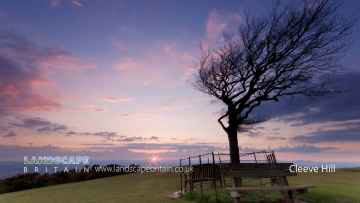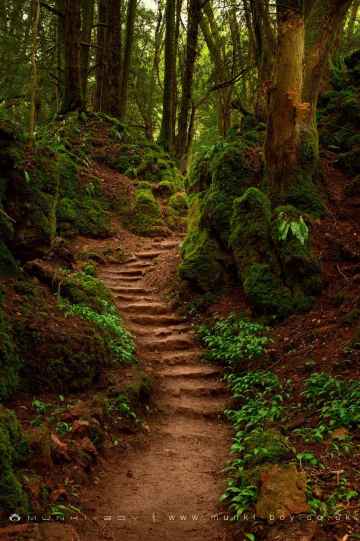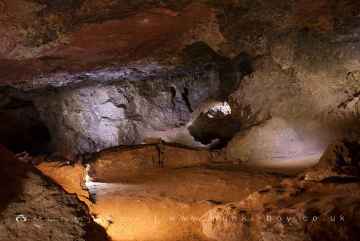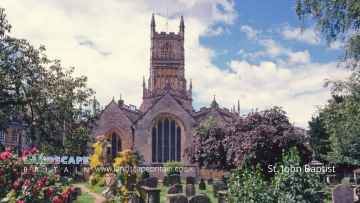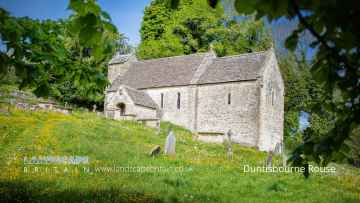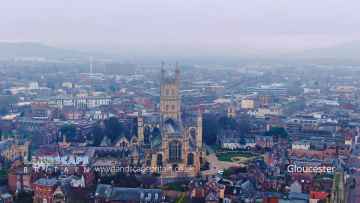Newent
Newent is a Town in the county of Gloucestershire.
There are great places to visit near Newent including some great ancient sites, historic monuments, towns, parks, hills, woodlands, geological features, caves, old mines, airports, historic buildings, villages and cities.
Newent's best nearby ancient sites can be found at Belas Knap Long Barrow, and Notgrove Long Barrow.
Belas Knap Long Barrow is a great place to visit close to Newent if you like historic monuments.
Cheltenham, Coleford, and Cirencester are great places to visit near Newent if you like towns.
Places near Newent feature a number of interesting parks including Pittville Park.
The area close to Newent boasts some of the best hills including Cleeve Hill.
Places near Newent feature a number of interesting woodlands including Puzzlewood.
Geological Features to visit near Newent include Puzzlewood.
The area around Newent's best caves can be found at Clearwell Caves.
Clearwell Caves is a great place to visit close to Newent if you like old mines.
Don't miss Gloucestershire Airport's airports if visiting the area around Newent.
The area around Newent features a number of interesting historic buildings including St. John Baptist Cirencester, and Gloucester Cathedral.
Newent has some unmissable villages nearby like Duntisbourne Rouse, and Rodmarton.
There are a several good cities in the area around Newent like Gloucester.
Newent History
There are some historic monuments around Newent:
Places to see near Newent
History of Newent
The Domesday Book (1086) shows that in 1066 the lord of Newent, then spelled Noent, was Edward the Confessor and 20 years later the Cormeilles Abbey was the tenant-in-chief and one of the lords. Other lords were Durand of Gloucester (brother of Roger de Pitres) and William son of Baderon (William fitzBaderon). With 34.5 households, it was located within the Botloe Hundred of Gloucestershire. There were 10.5 villagers, 19 smallholders, four slaves and one reeve. There were four lord’s plough teams, 19 men’s plough teams, and three mills. St Mary the Virgin, of the Church of England, is a Grade I listed building. Located on Church Street, it dates from the 13th century but the site has been used since the Anglo-Saxon period. St Mary’s Church has stained glass windows from the famous company of Clayton and Bell. Set on a 65 feet (20 m) tower with eight bells, is a 88 feet (27 m) spire. The church’s organ was built in 1737 by Thomas Warne, a resident of the town. Henry III approved of an annual fair in 1226 and additionally allowed for a weekly market beginning in 1253. Located in the town is a half-timbered market house.









